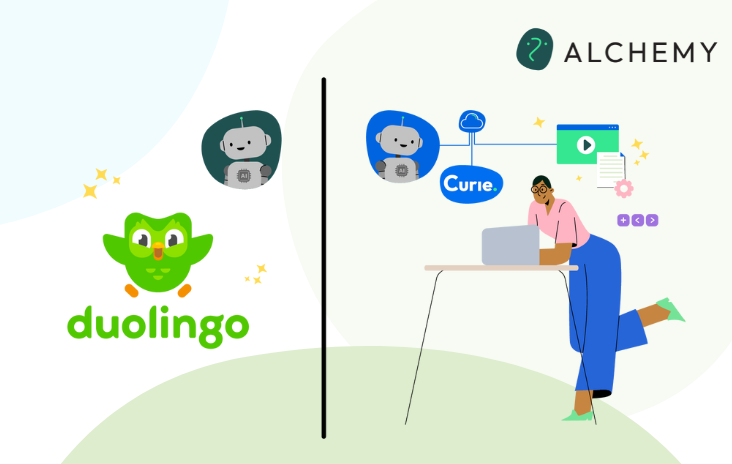Article
Enhancing Learning Through Inclusive Teaching Practices

As educators, our goal is to create an environment where all students can succeed. Inclusive teaching practices are essential to achieving this goal, as they ensure that diverse student populations feel valued, supported, and empowered. Research in learning science consistently shows that inclusive teaching enhances student engagement, motivation, and academic success. This blog post explores the importance of inclusive teaching and highlights practical tools to make your courses more inclusive and accessible.
The Importance of Inclusivity in Teaching
Inclusive teaching is about recognizing and valuing the diverse backgrounds, experiences, and abilities of all students. It involves creating a learning environment that is equitable and accessible, where all students have the opportunity to succeed. Research indicates that inclusive teaching practices lead to better student outcomes by:
- Increasing Engagement: When students feel represented and valued in the classroom, they are more likely to participate actively in their learning.
- Improving Retention: Inclusive environments foster a sense of belonging, which can reduce dropout rates and increase retention.
- Enhancing Learning: Diverse perspectives enrich the learning experience, promoting critical thinking and deeper understanding of course material.
Inclusive Teaching Optimizers
To help you implement inclusive teaching practices in your courses, Curie offers several Teaching Optimizers. These tools are designed to make your course more welcoming, inclusive, and accessible.
1. Create a Course-Specific Inclusivity Statement: An inclusivity statement sets the tone for your course, demonstrating your commitment to creating a supportive environment for all students. This optimizer guides you in crafting a statement tailored to your course, ensuring that all students feel valued and included from the outset. An effective inclusivity statement can enhance student engagement by fostering a sense of belonging and respect.
2. Make Your Course Materials More Inclusive: Inclusive course materials reflect diverse perspectives and experiences, helping all students see themselves represented in and through the curriculum. This optimizer provides practical tips for selecting and adapting course materials to be more inclusive, fostering a richer and more engaging learning experience for everyone. By incorporating diverse voices and viewpoints, you can enhance critical thinking and broaden students’ understanding of the subject matter.
3. Instructional Materials Accessibility Checklist: Accessibility is a critical component of inclusive teaching, ensuring that all students can access and benefit from your course content. This checklist helps you evaluate and improve the accessibility of your instructional materials, from text and images to multimedia content, making your course more inclusive for students with diverse needs. Accessible materials are not only a legal requirement but also a best practice that supports all learners, including those with disabilities.
Additional Ideas for Fostering an Inclusive Learning Environment
In addition to using Curie’s Teaching Optimizers, here are some additional strategies to foster an inclusive learning environment:
Use Diverse Teaching Methods: Incorporate a variety of teaching methods to address different learning preferences. This can include lectures, group work, hands-on activities, and multimedia presentations.
Encourage Student Participation: Create opportunities for all students to participate and share their perspectives. Use inclusive language and be mindful of cultural differences.
Provide Constructive Feedback: Offer regular, constructive feedback that supports students’ growth and learning. Be clear and specific, focusing on their progress and how they can improve.
Create Safe Spaces: Establish classroom norms that promote respect and open-mindedness. Encourage students to express their ideas and opinions in a supportive environment.
Offer Flexible Assessments: Provide different types of assessments to accommodate various strengths and learning preferences. This can include written assignments, presentations, projects, and exams.
Try Curie’s Teaching Optimizers
Implementing inclusive teaching practices not only enriches the learning experience but also contributes to student retention and success. By utilizing Curie’s Teaching Optimizers, you can create a supportive environment where all students thrive and feel connected to their learning journey.
Start building a more inclusive and accessible course today by creating a free Curie account using your institutional email address. Share these valuable tools with your colleagues and enhance the learning experience for all students.


